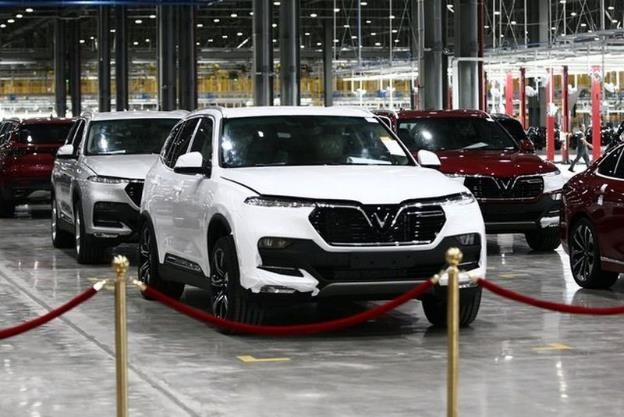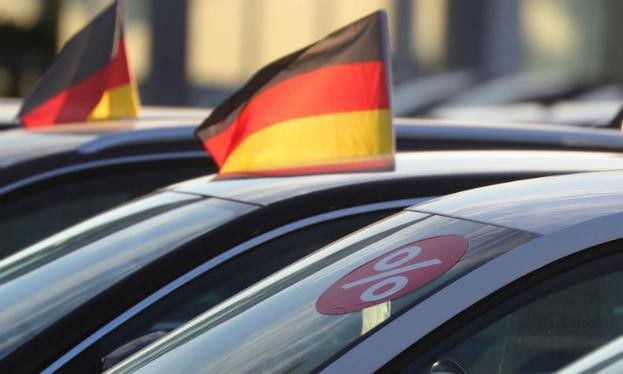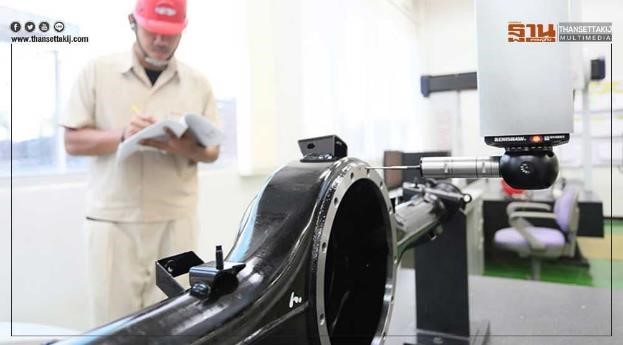- Silver
- สมาชิกระดับ Silver
- ฟรี
- สามารถเข้าถึงข้อมูลข่าวสารขั้นพื้นฐานได้
- ข้อมูลผู้ประกอบการต่างประเทศ
- ข้อมูลสถิติในประเทศและต่างประเทศ
- มาตรการทางการค้าระหว่างประเทศ
- กฎ ระเบียบ นโยบายในประเทศ
- เทคโนโลยี และงานวิจัย
- สมัครสมาชิก
Vinfast ผู้ผลิตรถยนต์สัญชาติเวียดนามเตรียมเปิดตัวรถยนต์ไฟฟ้ารุ่นแรกของบริษัท
- รายละเอียด
- หมวด: ความเคลื่อนไหวในอุตสาหกรรม
- อ่าน: 1604 ครั้ง
รัฐมนตรีว่าการกระทรวงเศรษฐกิจ ประเทศเยอรมนีเสนอมาตรการกระตุ้นตลาดรถยนต์่
- รายละเอียด
- หมวด: ความเคลื่อนไหวในอุตสาหกรรม
- อ่าน: 1279 ครั้ง
ผู้ผลิตชิ้นส่วนรายใหญ่ ไทยซัมมิท พีเค ของตระกูล จึงรุ่งเรืองกิจ ประกาศ เลิกจ้างพนักงาน ล็อตใหญ่
- รายละเอียด
- หมวด: ความเคลื่อนไหวในอุตสาหกรรม
- อ่าน: 2707 ครั้ง




